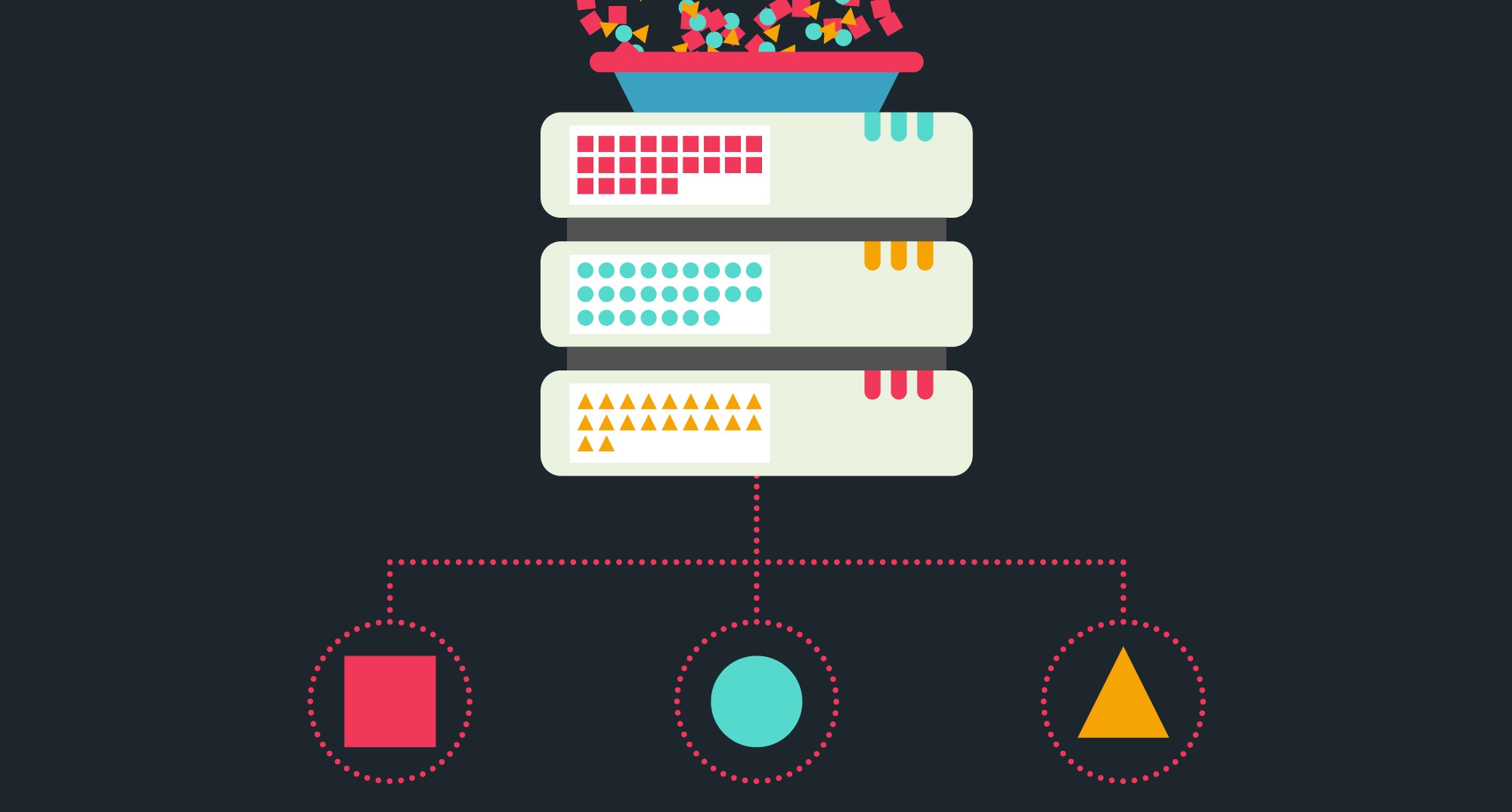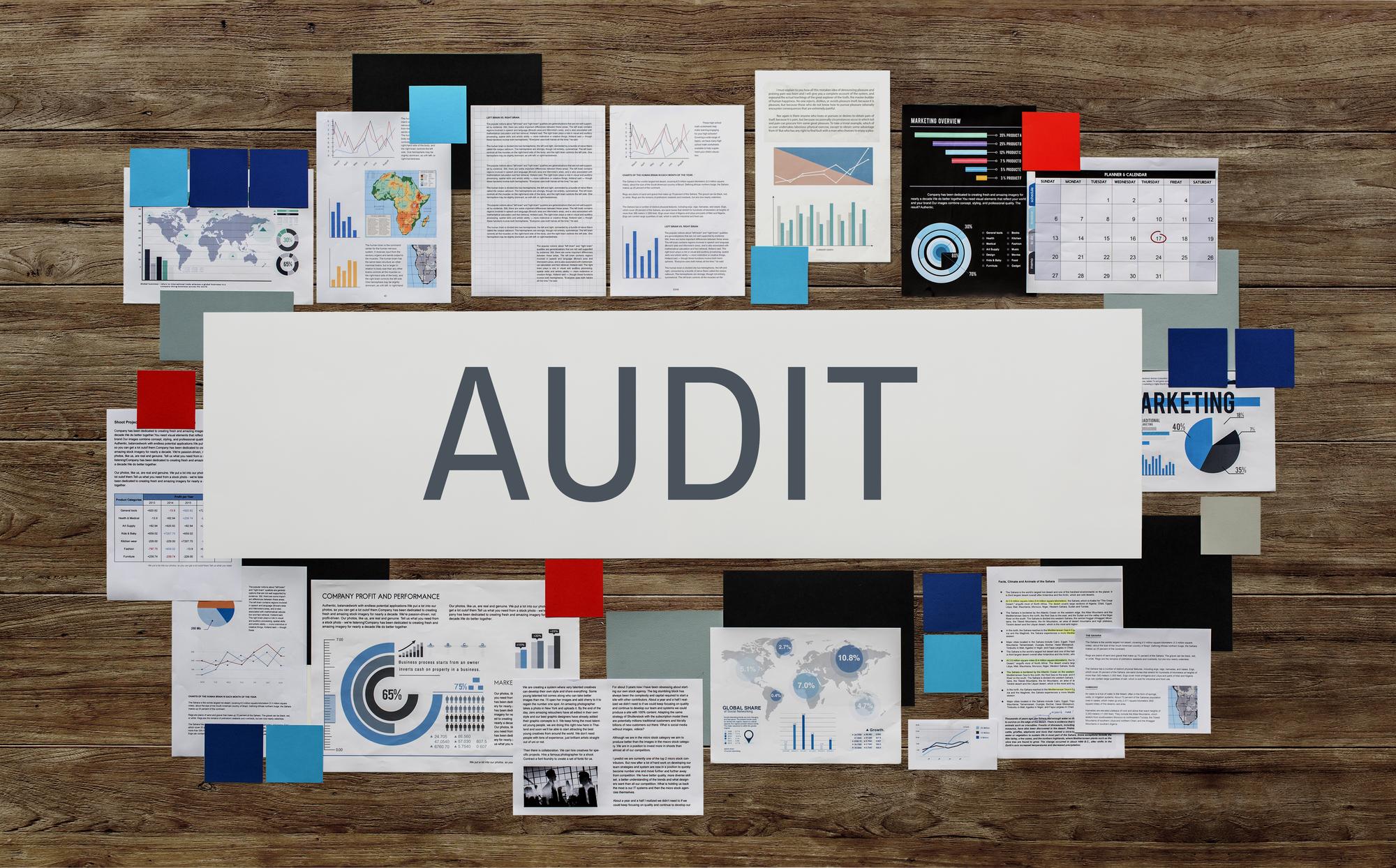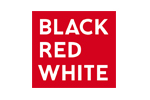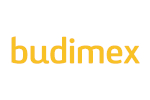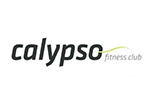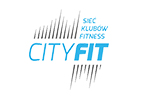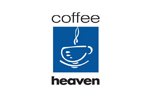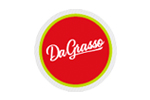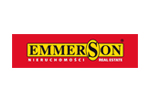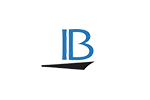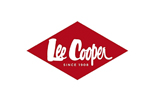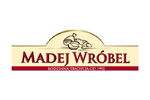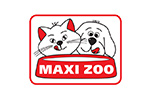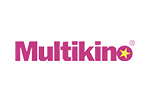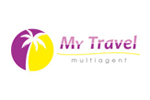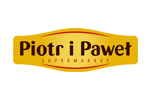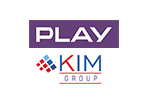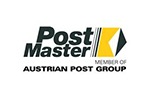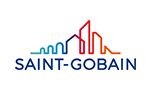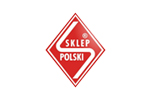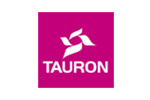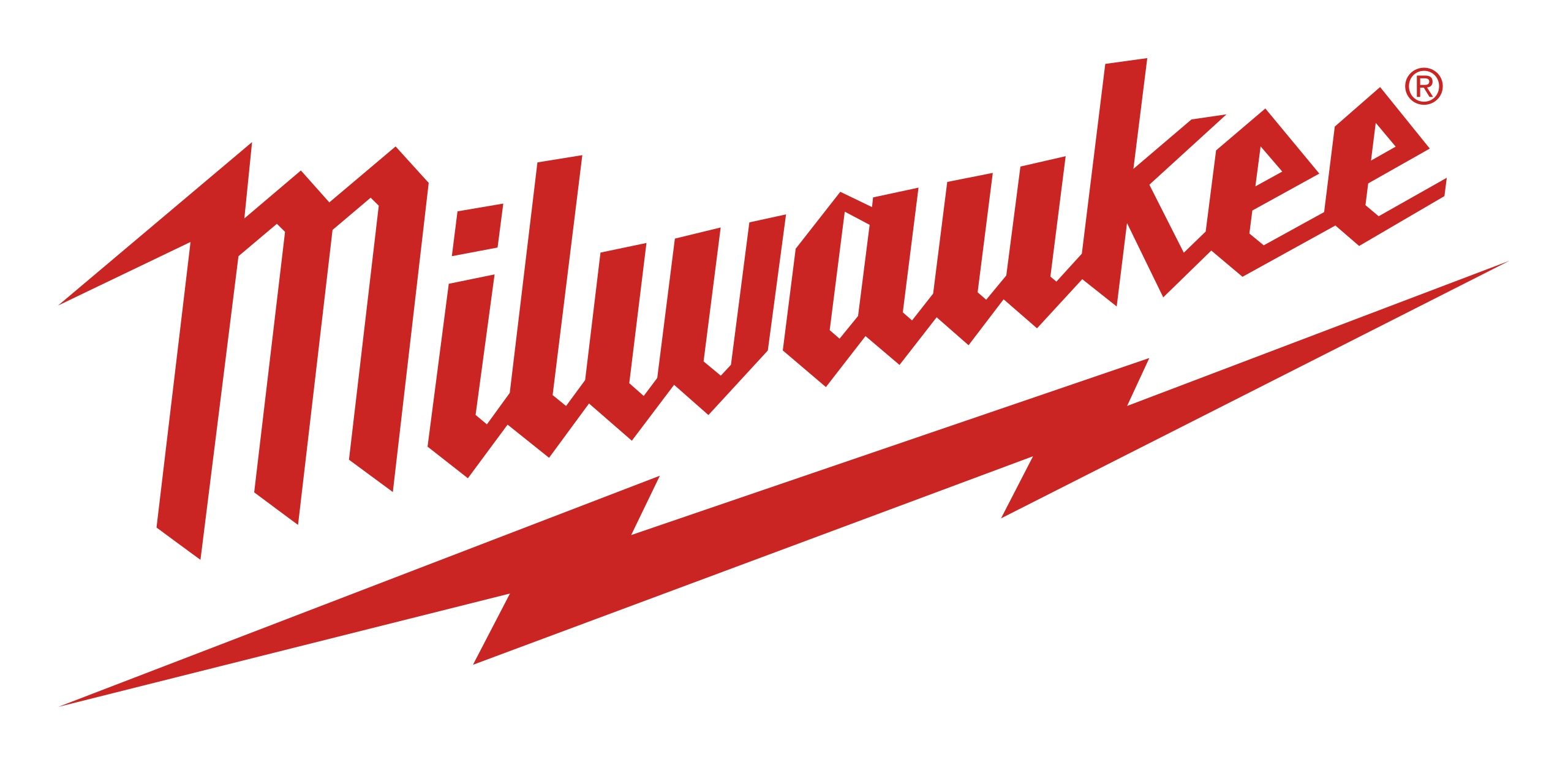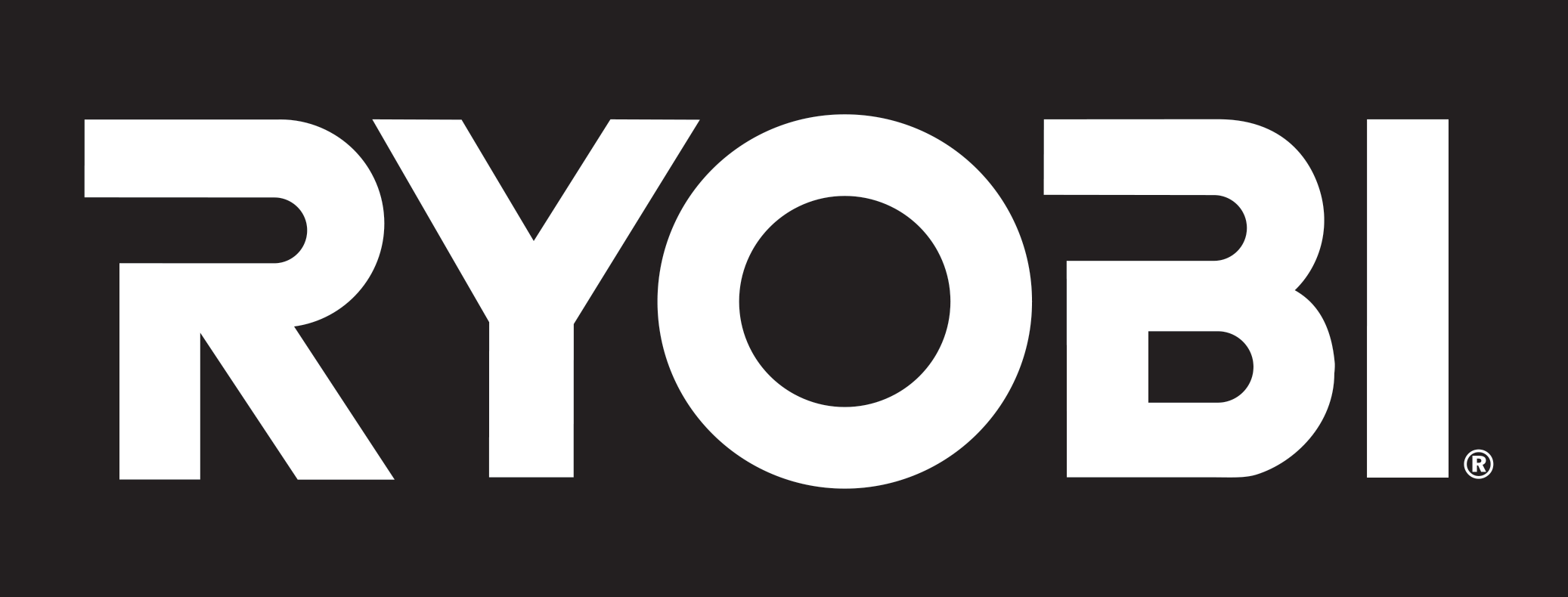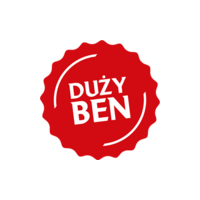Raportuj zwinnie - decyduj bez zgadywania
Tracisz godziny na poszukiwanie informacji w mailach i tabelach, aby zorientować się, jaka jest sytuacja w sieci sprzedaży. Po żmudnym procesie poszukiwań często okazuje się, że kluczowe z twojego punktu widzenia dane są niedostępne lub błędnie skategoryzowane. Wymagają obróbki. Mijają kolejne godziny… Nawet jeśli wszystkie dane są dostępne, ze względu na różnice w logice gromadzenia niełatwo wyczytać z nich odpowiedzi na nurtujące cię w danej chwili pytania. Czas nieubłaganie ucieka. Gdy już wyciągniesz wnioski, do których zmierzałeś i chciałbyś zacząć działać, sytuacja w sieci jest inna. Ale jaka?
Istnieje prosty sposób na to, by nie musieć decydować na przykład w oparciu o informacje o trendach zminionego miesiąca i po części zgadując: wdrożenie zwinnego raportowania.
- Dane z terenu wpływają w jedno miejsce,
- są ustandaryzowane,
- zawierają wszystkie oczekiwane elementy,
- dzięki spójnemu systemowi organizacji danych łatwo zapewnić ciągły dostęp do istotnych informacji dlawszystkich członków zespołu!
Z punktu widzenia osób pracujących z rozproszonymi zespołami zwinne raportowanie z terenu oznacza pozyskiwanie wysokiej jakości danych, łatwiejszych do wykorzystania w codziennych procesach decyzyjnych. Dzięki temu działania mogą być realizowane natychmiast, natychmiast wprowadzać można poprawki, a nowe insighty pojawiają się w trybie ciągłym.
Dzięki systemom dedykowanym zwinnemu raportowaniu – takim jak cHow – dane stają się w organizacjach fundamentem procesu decyzyjnego.
Spójne dane – brak konieczności obróbki
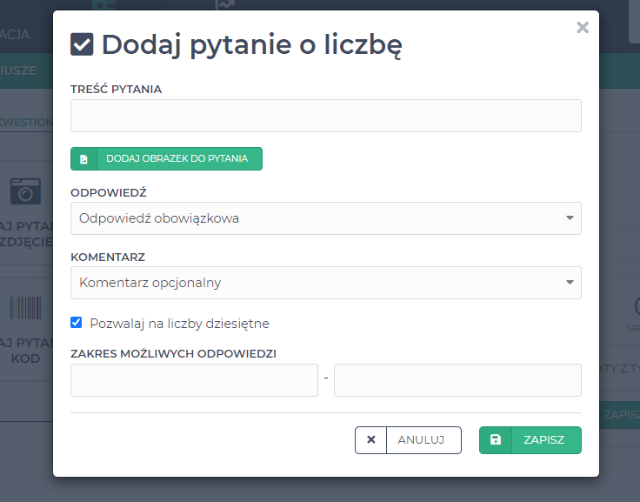
Efektywne raportowanie wymaga pozyskiwania danych gotowych do analizy. Jeżeli zbieramy informacje o cenie produktu, możemy się spodziewać, że różne osoby wpiszą je w różny sposób np. 5.25, 5,25, 5 zł 25 gr. Gdy tak się dzieje, przed przystąpieniem do analizy, trzeba poświęcić sporo czasu na obróbkę danych – ichujednolicenie. Aby tego uniknąć, wystarczy użyć odpowiedniego typu pytania w systemie do raportowania. Użytkownicy wpisują dane wyłącznie w pożądanej formie, ponieważ inna nie zostanie przez system zaakceptowana.
Do dyspozycji managerów zarządzających pozyskiwaniem danych z terenu jest wiele rodzajów pytań – o teksty, zdjęcia, kody kreskowe, wyboru itd.
Eliminowanie logicznych błędów
Użycie logiki przy tworzeniu szablonu raportu pozwala zaoszczędzić czas poświęcany na korygowanie otrzymywanych informacji, do których często wkradają się zwykłe ludzkie błędy. Użytkownik aplikacji zostanie poproszony o wpisanie danych z zachowaną przez system ogólną logiką procesu. Np. jeśli produkt, o który pytamy jest niedostępny, system nie poprosi użytkownika o wykonanie jego zdjęcia czy też podanie ceny. Jeżeli akcja promocyjna nie była realizowana w wybranym punkcie sprzedaży, nie zapytamy o jej rezultaty.
Zastąpienie chaotycznych informacji wysyłanych mailem lub za pośrednictwem komunikatorów takim przemyślanym i intuicyjnym system, pozwala zaoszczędzić 75 do 90% czasu poświęcanego na pracę związaną z przygotowaniem danych do analizy. Feedback przychodzi w czytelnej, gotowej do wykorzystania formie.
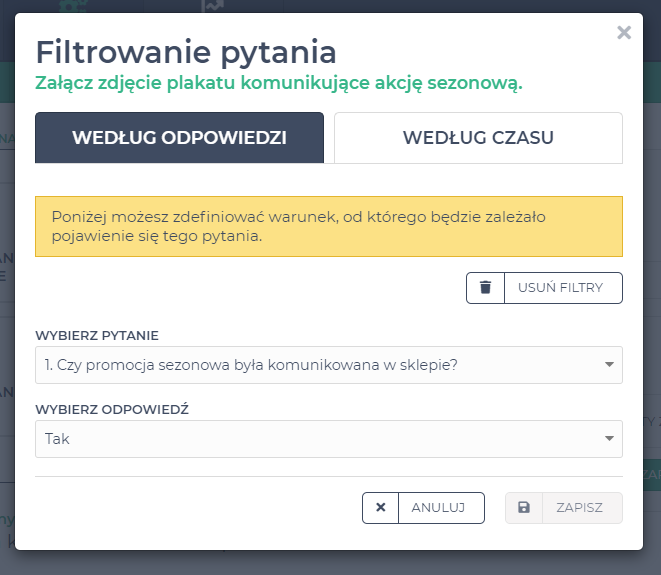
Dane w czasie rzeczywistym
Przy stosowaniu zwinnego raportowania informacje, w oparciu o które managerowie oceniają sytuację w sieci sprzedaży, rzetelnie odzwierciedlają rzeczywistość. Przy tak dużej dynamice rynku ryzykowne jest podejmowanie decyzji na podstawie np. trendów z poprzedniego kwartału, a nawet miesiąca. Działanie bazujące na aktualnych danych pozwala skutecznie eliminować negatywny wpływ bezwładności organizacyjnej także w rozbudowanych strukturach!
Alerty dotyczące kluczowych zdarzeń
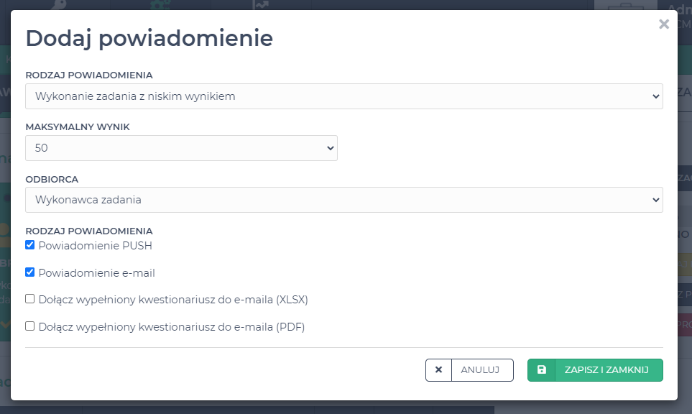
System powiadomień to bezcenny pomocnik managera. Nawet, jeżeli w codziennym zabieganiu zapomnimy zajrzeć do cHow, aby sprawdzić, czy wydarzyło się w sieci coś wymagającego natychmiastowej reakcji, nie przeoczymy nic krytycznego – odpowiednio skonfigurowane alerty przychodzą w postaci maili lub komunikatów push na telefon.
Natychmiastowe przekazywanie danych
Wdrożenie systemu do zwinnego raportowania sprawia, że dane w kilka sekund po ich zebraniu przez użytkownika stają się dostępne dla wszystkich uprawnionych osób wewnątrz organizacji. To istotne usprawnienie w porównaniu z procesem, który zakłada np. zrobienie zdjęcia, przesłanie go do komputera, połączenie z tabelą wypełnioną w Excelu i wysłanie maila do osoby zarządzającej najwcześniej kilka godzin po odbyciu wizyty w danym punkcie sprzedaży. A to dopiero pierwszy krok – daleko od momentu, w którym komplet danych z sieci będzie dostępny i wartościowy z punktu widzenia analizy informacji.
Celowy, ale szeroki dostęp do informacji
Niejednokrotnie okazuje się, że działy firmy pozyskując dane do swojego użytku nie komunikują tego faktu innym departamentom, które także mogłyby wykorzystać te informacje w swoich procesach. Działania bywają powielane, co generuje dodatkowe koszty. Częściej jednak decyzje w firmach są podejmowane bez wykorzystania wystarczającej puli informacji, w oparciu o intuicję, doświadczenie i potrzeby jednego działu – bez szerszego kontekstu. System do zwinnego raportowania pozwala tak zarządzać dużymi zbiorami drobnych, lecz bardzo istotnych z punktu widzenia firmy informacji, aby korzystało z nich więcej osób. Przekłada się to na jakość decyzji podejmowanych w całej organizacji.
Czytaj więcej Zobacz wszystkie
Kontakt

Zobacz demo

cHow
Królewska 2/2, 30-045 Kraków


